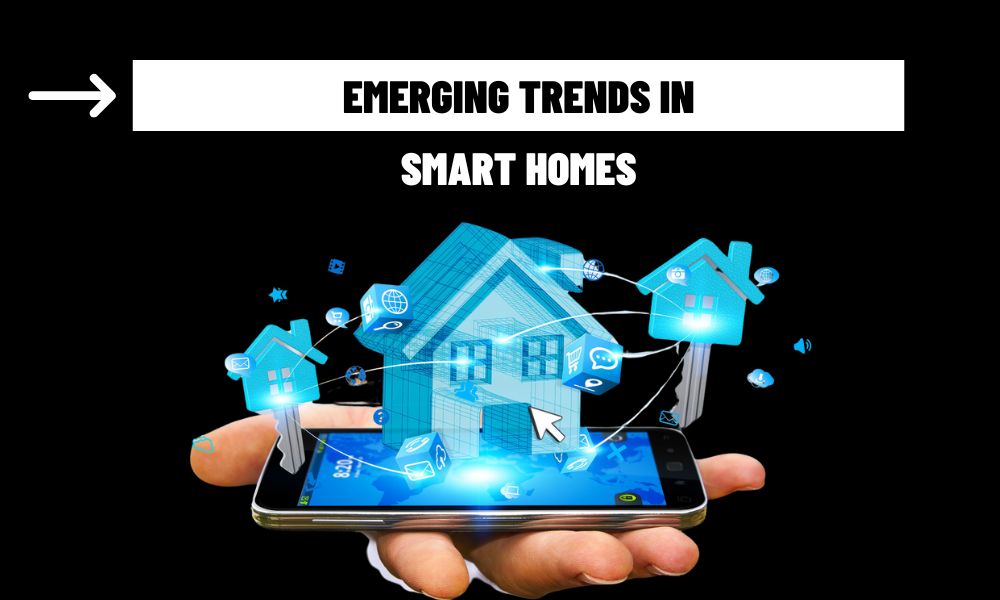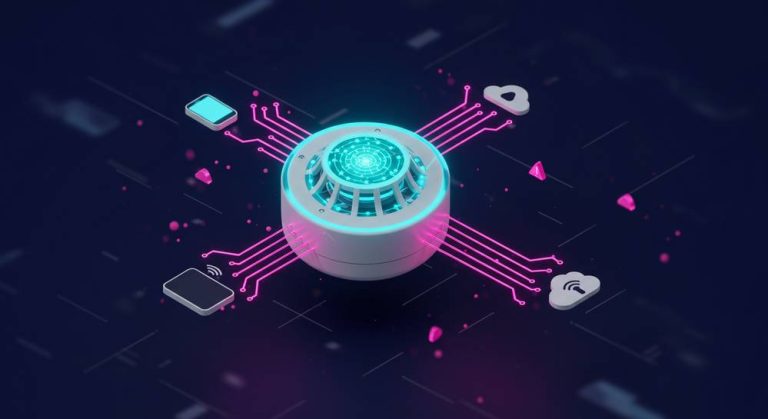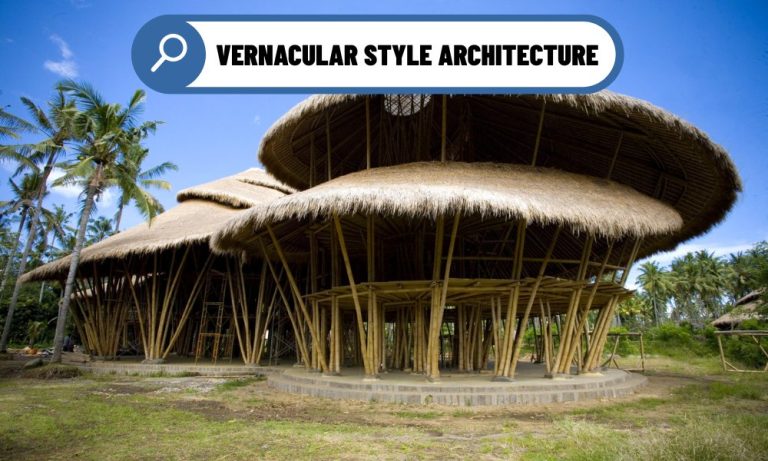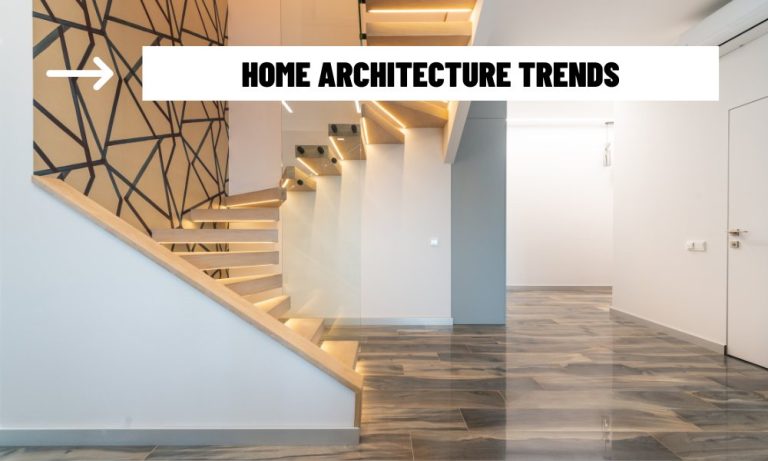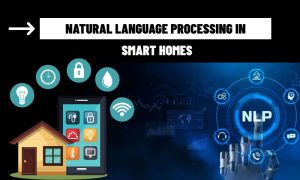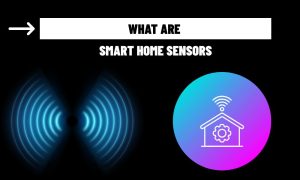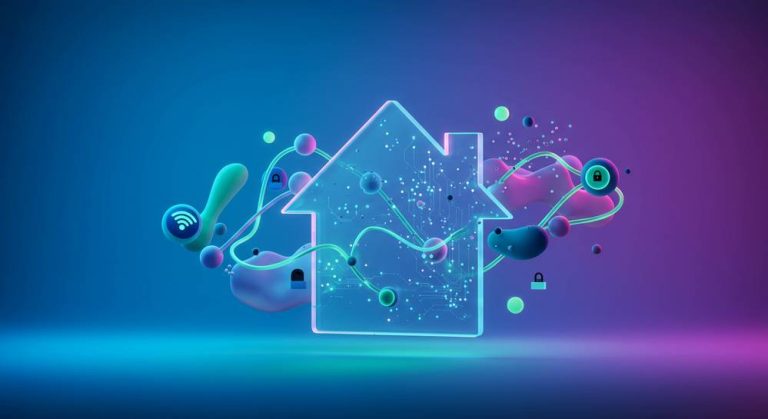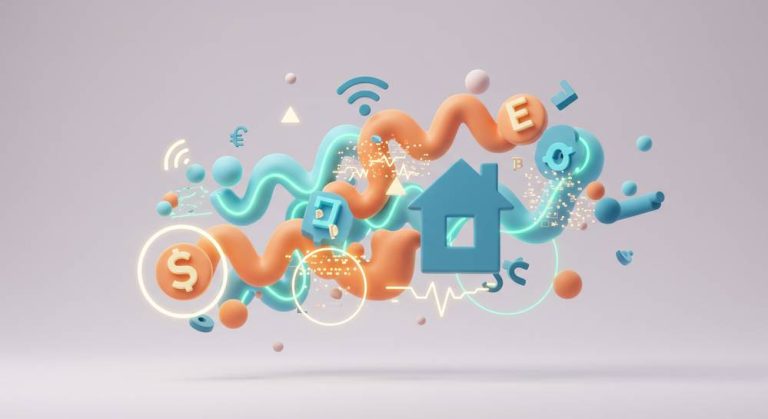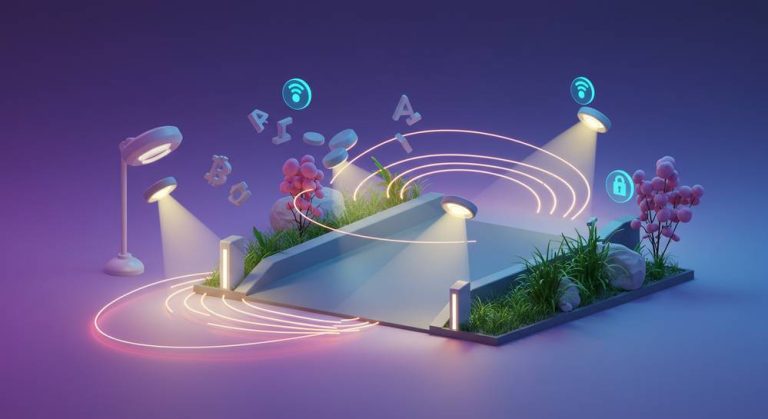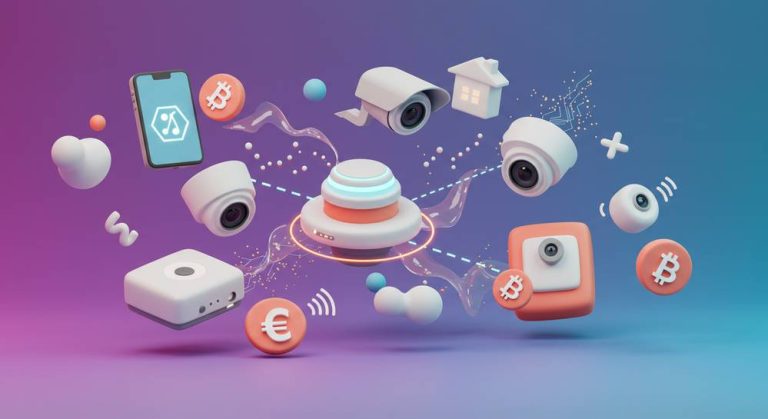The Internet of Things (IoT) and advanced connectivity are the backbone of smart homes, enabling devices to communicate, share data, and create seamless user experiences. As IoT technologies evolve and new connectivity standards emerge, smart homes are becoming more intelligent, responsive, and interconnected. This article examines the role of IoT and connectivity in driving smart home trends, their applications, and their impact on the future of home automation.
The Foundation of IoT in Smart Homes
IoT refers to the network of physical devices embedded with sensors, software, and connectivity to exchange data. In smart homes, IoT encompasses devices like smart lights, thermostats, cameras, and appliances, all working together to automate tasks and enhance functionality. Key aspects include:
Sensors and Data Collection: Devices gather real-time data, such as motion, temperature, or energy usage, to inform actions.
Device Communication: IoT protocols like Zigbee, Z-Wave, or Wi-Fi enable devices to share data and coordinate responses.
Cloud Integration: IoT devices often connect to cloud platforms for storage, analytics, and remote access, as seen in Philips Hue’s cloud-based lighting control.
For example, a smart thermostat like Ecobee uses IoT to monitor room occupancy and adjust temperatures, syncing data to a cloud app for user control.
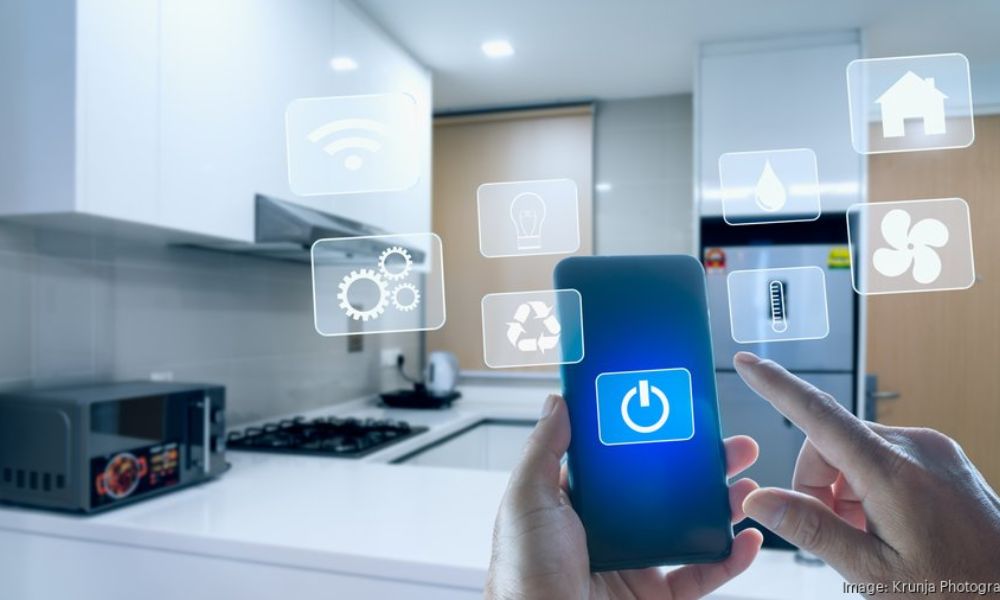
The Role of Connectivity
Connectivity is critical to IoT’s success in smart homes, with several protocols and technologies shaping the ecosystem:
Wi-Fi and 5G: High-speed Wi-Fi and 5G networks support data-intensive devices like 4K security cameras, offering low latency and reliable connections.
Low-Power Protocols: Zigbee and Z-Wave enable energy-efficient communication for battery-powered devices like smart sensors, extending their lifespan.
Matter Standard: Launched in 2022, Matter is a universal IoT protocol backed by Apple, Google, and Amazon, ensuring cross-brand compatibility and simplifying device integration.
Bluetooth and Thread: These protocols support low-bandwidth, short-range communication, ideal for devices like smart locks or wearables syncing with home systems.
Applications in Smart Homes
IoT and connectivity drive a range of smart home applications:
Home Automation: IoT enables routines like “Good morning,” where lights brighten, blinds open, and coffee makers start simultaneously.
Energy Management: Smart meters and IoT-enabled appliances optimize energy use, reducing costs and supporting sustainability.
Security and Safety: Connected cameras, doorbells, and smoke detectors provide real-time alerts and remote monitoring.
Health and Wellness: IoT wearables and smart mirrors track health metrics, integrating with home systems to adjust lighting or air quality for well-being.
Benefits of IoT and Connectivity
- Seamless Integration: IoT creates a unified ecosystem where devices work together, enhancing user experience.
- Remote Control: Connectivity allows users to manage homes via smartphone apps, even from thousands of miles away.
- Scalability: IoT systems easily accommodate new devices, supporting evolving household needs.
- Data-Driven Insights: Connected devices provide actionable data, such as energy reports or security logs, empowering informed decisions.
Several hurdles must be addressed:
- Security Vulnerabilities: Compromised IoT devices can serve as entry points for cyberattacks, requiring strong encryption and regular updates.
- Interoperability Issues: Legacy devices may not support new standards like Matter, complicating integration.
- Network Reliability: Connectivity disruptions can disable smart home functions, highlighting the need for offline capabilities.
- Privacy Concerns: IoT devices collecting personal data raise risks of misuse, necessitating transparent data policies.
Future Directions
The future of IoT and connectivity in smart homes is bright, with innovations like:
- 6G Networks: Expected by 2030, 6G will offer ultra-low latency and massive device connectivity, enabling real-time applications.
- AI-Driven IoT: AI will enhance IoT by predicting user needs and optimizing device interactions, such as preemptively adjusting climates based on weather forecasts.
- Decentralized Systems: Blockchain-based IoT networks could improve security by distributing data storage, reducing reliance on centralized clouds.
- Smart Cities Integration: IoT-enabled homes will connect to urban systems, sharing data for traffic management or energy grid optimization.
IoT and connectivity are transforming smart homes into intelligent, responsive environments. With advancements in protocols like Matter, 5G, and AI-driven IoT, the industry is overcoming challenges like interoperability and security. As these technologies mature, smart homes will become integral to sustainable, connected lifestyles, paving the way for a future where homes anticipate and adapt to our needs effortlessly.
